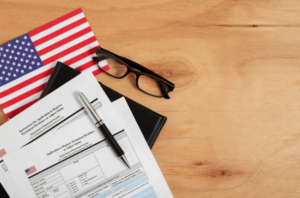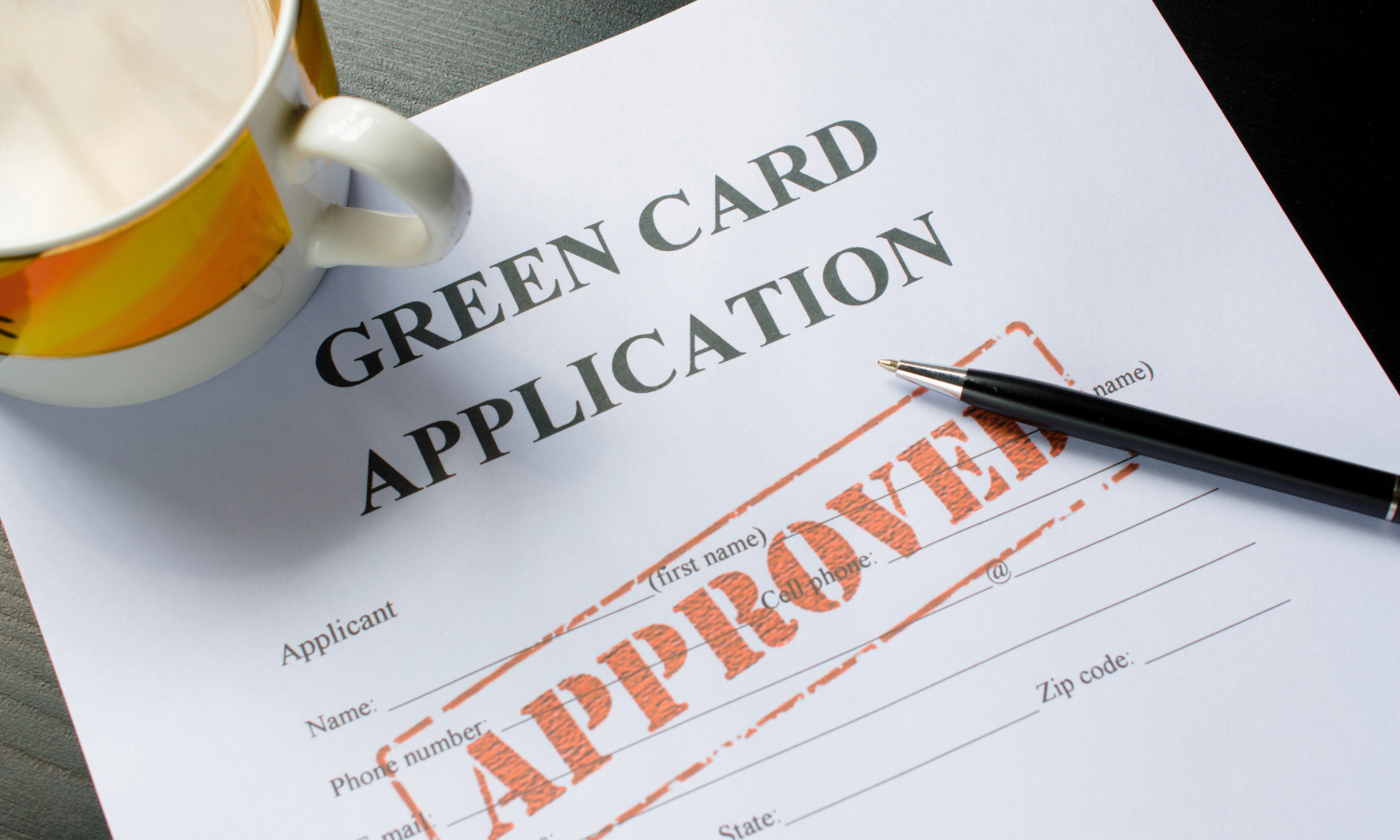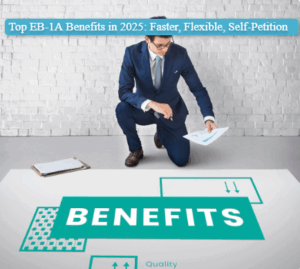H1B Visa to Green Card: The Full Process, Explained
You made it to the U.S. on an H1B visa, which, if we’re being honest, is no small feat. The paperwork, the lottery, the nerves — you got through all of that. You’re here, working hard, building your life.
That’s when most people start looking into how to go from an H1B to a green card. And if you’re feeling unsure or overwhelmed, that’s normal.
This guide is here to walk you through it, clearly and calmly in a simple way. We at Passage Immigration Law will talk you through the H1B to green card process, step-by-step.
So, Can You Get a Green Card on H1B?
Yes. You absolutely can.
One of the biggest misconceptions is that the H1B visa is a dead end. It’s not. It’s one of the most common ways that people eventually become permanent residents in the U.S.
But here’s the important part: the process doesn’t happen automatically. You need to apply, and most of the time, your employer has to sponsor you.
How Soon Can You Apply for a Green Card?

This surprises people, but you can start the process anytime. No rule says you have to wait several years on your H1B visa before applying.
If your employer is ready to sponsor you, and you’re in good standing, you can start immediately. And that’s often smart — because the H1B to green card timeline can stretch out over a few years, depending on your country of birth and which green card category you’re applying under.
So the real answer to How soon can I apply for a green card after H1B? is:
As soon as your employer’s ready to move.
The Real-World Green Card Process from H1B
Let’s take a deep breath and walk through the steps together. Here’s what you can expect, in simple words.
Step 1: PERM Labor Certification
This part is on your employer. It’s where they prove:
- Your job requires your education and skills
- There are no qualified U.S. candidates who can do what you do
- You’re being paid fairly
This step takes 6 to 12 months, and it’s required for most people in the green card process for H1B (especially those applying under EB-2 or EB-3 categories).
If you’ve heard the phrase H1B green card process steps, this is the first real one.
Step 2: Form I-140 (Immigrant Petition)

Once PERM is approved, your employer files Form I-140. This is where they officially say:
“We want this person to be a permanent part of our company.”
This locks in your priority date — a crucial detail that determines when you can apply for the actual green card.
This petition can take 6–9 months, or just 15 days if your employer opts for premium processing.
Step 3: Wait for Your Priority Date
Now comes the hardest part for many people: waiting.
The U.S. only gives out a certain number of green cards each year, and how fast you move forward depends on:
If you’re from India or China, you may face a longer wait due to high demand. That’s what makes the H1B to green card processing time so unpredictable.
If you’re from a country without a backlog, you might move forward quickly.
Step 4: Adjustment of Status (Form I-485)
Once your priority date is current, you can file Form I-485 — your formal application to become a permanent resident.
This part includes a medical exam, background checks, and possibly an interview.
You can do this without leaving the U.S., and once it’s approved — you’re a green card holder. No more visa renewals. No more lottery anxiety. You’re officially permanent.
How Long Does It All Take?

Many people ask: How long from H1B to green card?
It depends. But here’s a general breakdown:
- PERM: 6–12 months
- I-140: 6–9 months (faster with premium processing)
- Visa bulletin wait: 0–10+ years
- I-485 processing: 8–24 months
So the full H1B to green card process timeline could be as short as 18 months… or as long as 10 years, depending on your case.
That’s why starting early matters.
What If Your H1B Time Runs Out?
You only get 6 years on H1B, right?
Here’s the good news: if your I-140 has been approved but your green card isn’t ready yet, you can extend your H1B beyond 6 years — in one-year or three-year increments.
This is one of the protections built into the H1B visa processing steps — it helps people stuck in the backlog stay in status.
Can You Change Jobs While Waiting?
Yes, but it gets tricky.
If you’ve had your I-485 pending for at least 180 days and your I-140 is approved, you can often port your green card to a new job — as long as the job is similar.
This rule is known as AC21 portability. It’s meant to protect you from being locked into one company for years and years during your H1B to permanent residency journey.
But this is where it’s smart to get legal advice — one wrong move could set you back years.
Can You Apply Without an Employer?

This one comes up all the time:
Can an H1B visa holder apply for a green card without an employer?
Usually, no. But there are exceptions:
If you qualify for the EB-1A or EB-2 National Interest Waiver (NIW), you can self-petition — meaning you don’t need a job offer or employer sponsorship.
These are hard to qualify for, but not impossible, especially if you’re doing work with national impact, and have awards, publications, or deep expertise in your field.
Conclusion
The journey from H1B to a green card isn’t always fast or easy, but it’s possible — and you don’t have to face it alone. Whether you’re just starting or already deep into the process, understanding your options gives you power. With the right support, the steps become clearer, and the stress becomes manageable. You’ve already built a life here — now it’s time to make it permanent.
You Don’t Have to Do This Alone
At Passage Immigration Law, we help professionals just like you navigate every step — from H1B to green card — without panic, delays, or costly mistakes. Schedule a consultation.
Let’s get your H1B visa to green card plan in motion — the smart, confident, human way.
DISCLAIMER: This article offers general legal information, not legal advice. Do not rely upon this information without seeking legal counsel. If you need legal advice, you may contact us directly to speak with an attorney. We disclaim all liability with respect to actions taken based on any information presented. Every case is different, and outcomes will vary depending on the unique facts and legal issues of your case.







